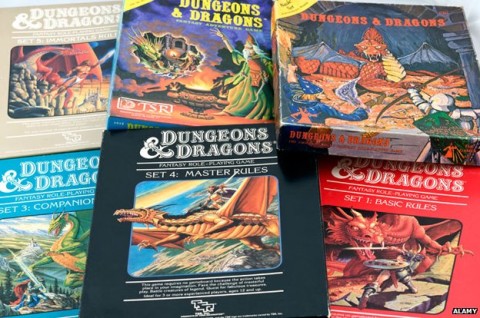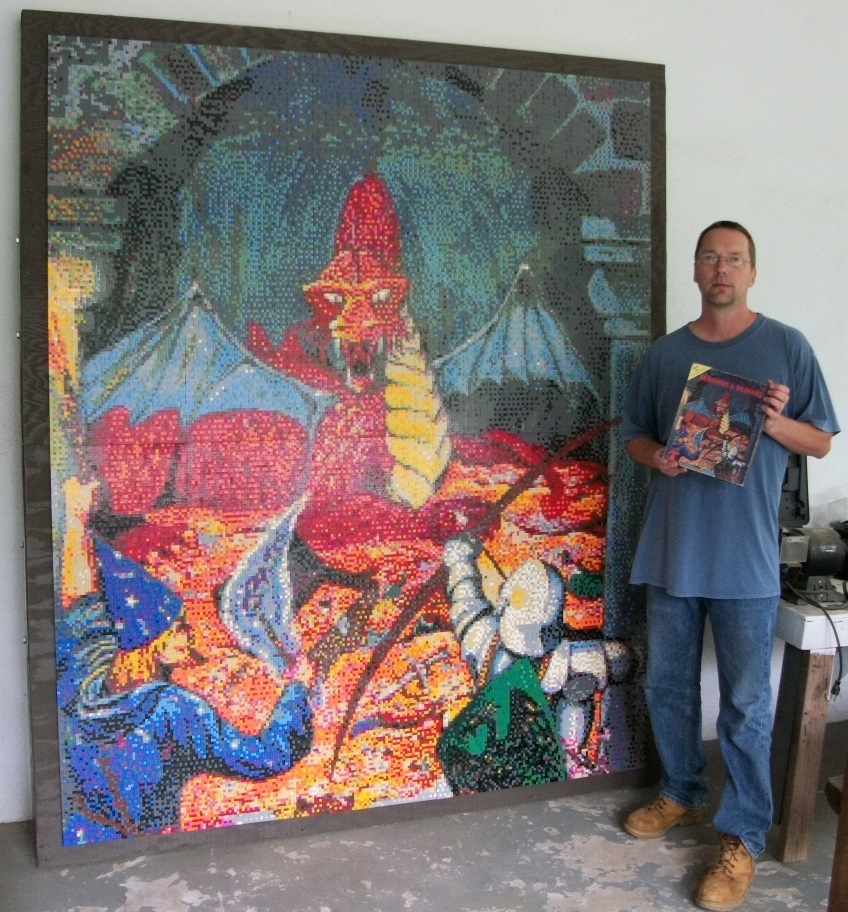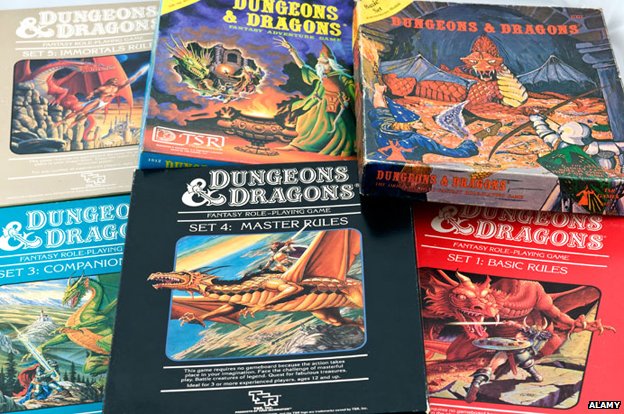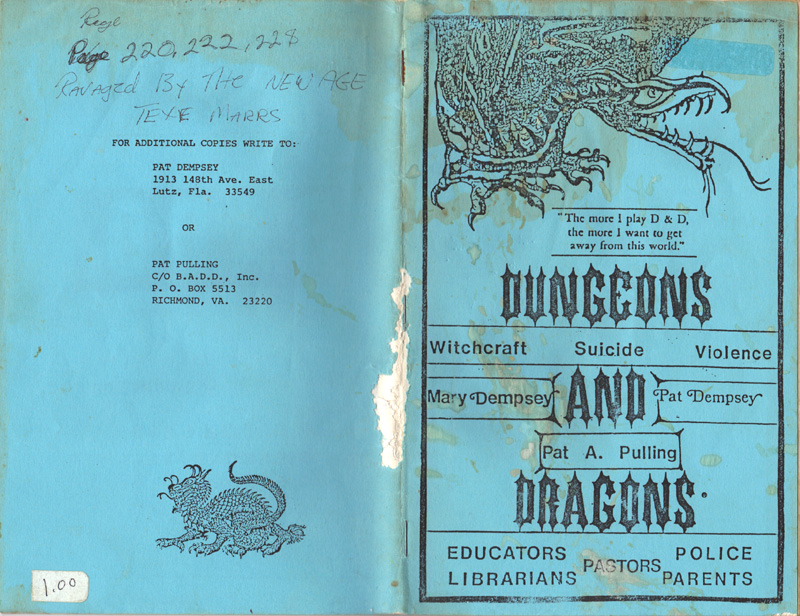David Friedman has several examples of success in learning when the learner suddenly wants to learn the material:
One of the problems with our educational system is that it tries to teach people things that they have no interest in learning. There is a better way.
What started me thinking about the issue and persuaded me to write this post was an online essay, by a woman I know, describing how she used D&D to cure her math phobia.
How to Cure Mathphobia
I was failed by the education system, fell behind, never caught up, and was left with a panic response to the thought of interacting with any expression that has numbers and letters where I couldn’t immediately see what all of the numbers and letters were doing. The first time I took algebra one, I developed such a strong panic response that it wrapped around to the immediate need to go to sleep, like my brain had come up with a brilliant defense mechanism that left me with something akin to situational narcolepsy. (I did, actually, fall asleep in class several times, which had never happened to me before.) I retook the class the next year. I spent a lot of that year in tears, with a teacher who specifically refused to answer questions that weren’t more specific than “I don’t get it” or “I have no idea what any of those symbols mean or what we’re doing with them”.
Until she had a use for it:
The first time I played D&D, I was a high school student. My party was, incidentally, all female, apart from one girl’s boyfriend and the GM, who was the father of three of the players. We actually started out playing first edition AD&D, which I am almost tempted to recommend to beginners, just on the grounds that if you start there you will appreciate virtually every other edition of D&D you end up playing by comparison. I might have given up myself before I started, except that one of the players in the first game I ever spectated was a seven-year-old girl, and I was not about to claim that I couldn’t do something that a seven-year-old was handling just fine.
One of my most vivid memories of this group is the time we were on a massive zigzagging staircase — like one of those paths they have at the Grand Canyon, that zigzag back and forth down the cliff face so that anyone can reach the bottom without advanced rock-climbing. We saw a bunch of monsters coming for us from the ground below, and we weren’t sure whether they had climb speeds, but we didn’t super want to wait to find out. The ranger pulled out her bow to attack them before they could get to us.
“Now, wait a moment,” says the GM. “Can your arrows actually reach that far?”
“Well, they’re only, like, sixty feet away.”
“No, it’s more than that, because you have to think about height in addition to horizontal distance.”
“Yeah, but that’s, like, complicated?”
“Is it? Most of you are taking geometry right now, don’t you know how to find the hypotenuse of a right triangle?”
There were some groans. Math was hard. But we did know how to find the hypotenuse of a right triangle. We got out some scrap paper and puzzled over it for a couple minutes, volunteering the height of the cliff and the distance of the monsters and deciding that we could ignore the slight slope caused by the zigzagging stairways. We got a number back and compared it to the bow’s range per the rules. We determined that we could hit the monsters without a range penalty.
We killed the monsters. This wasn’t the real victory that day.







